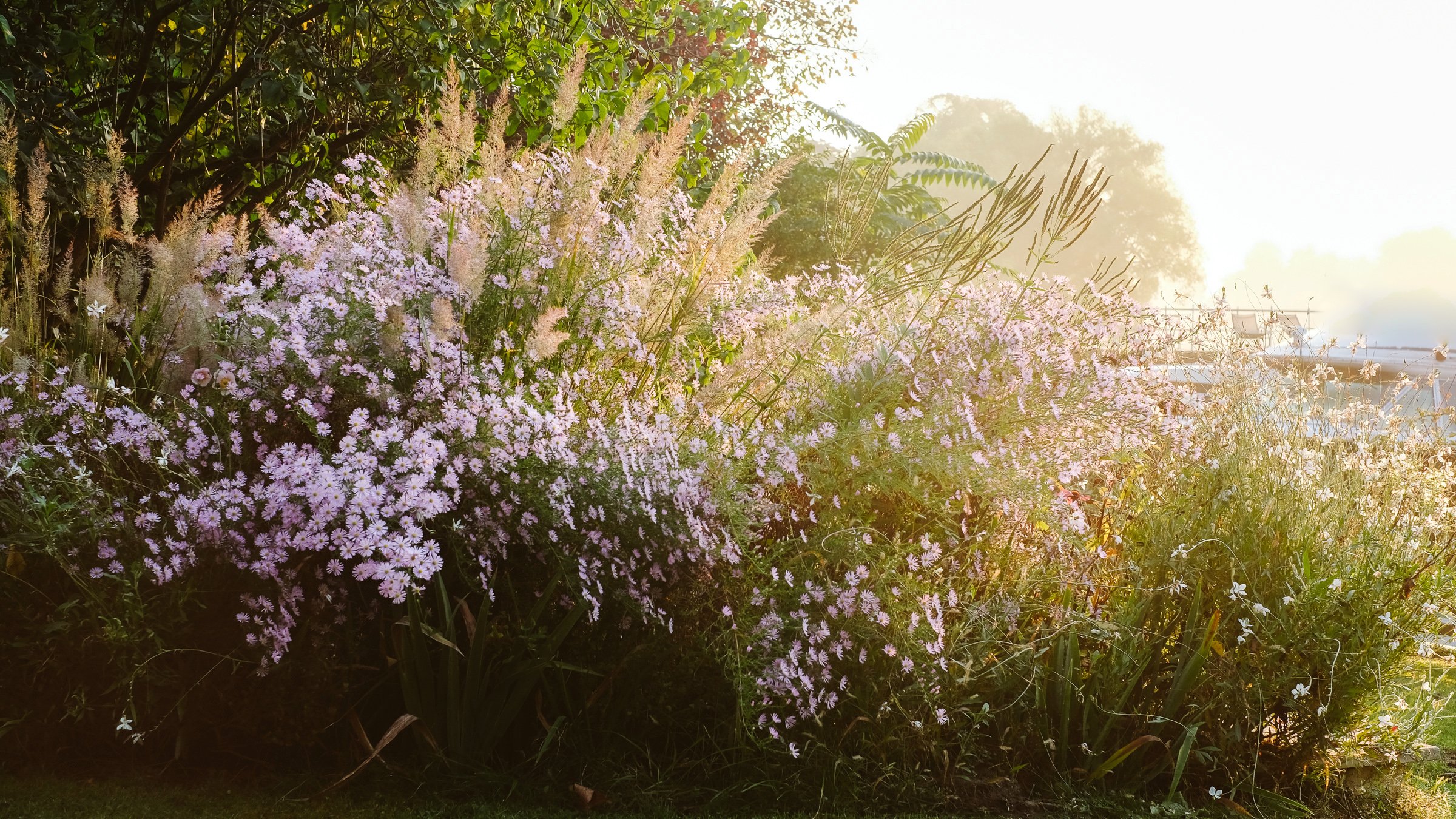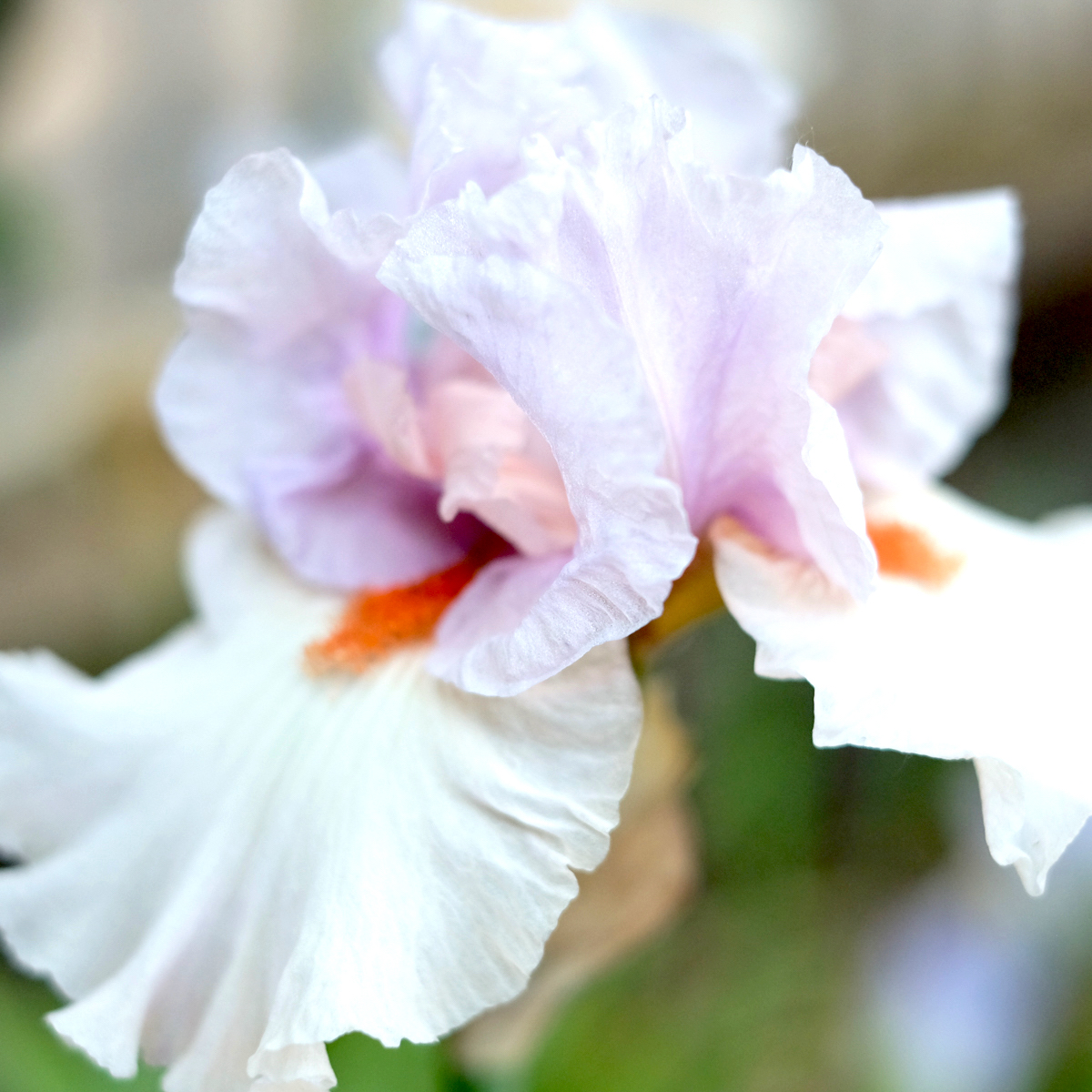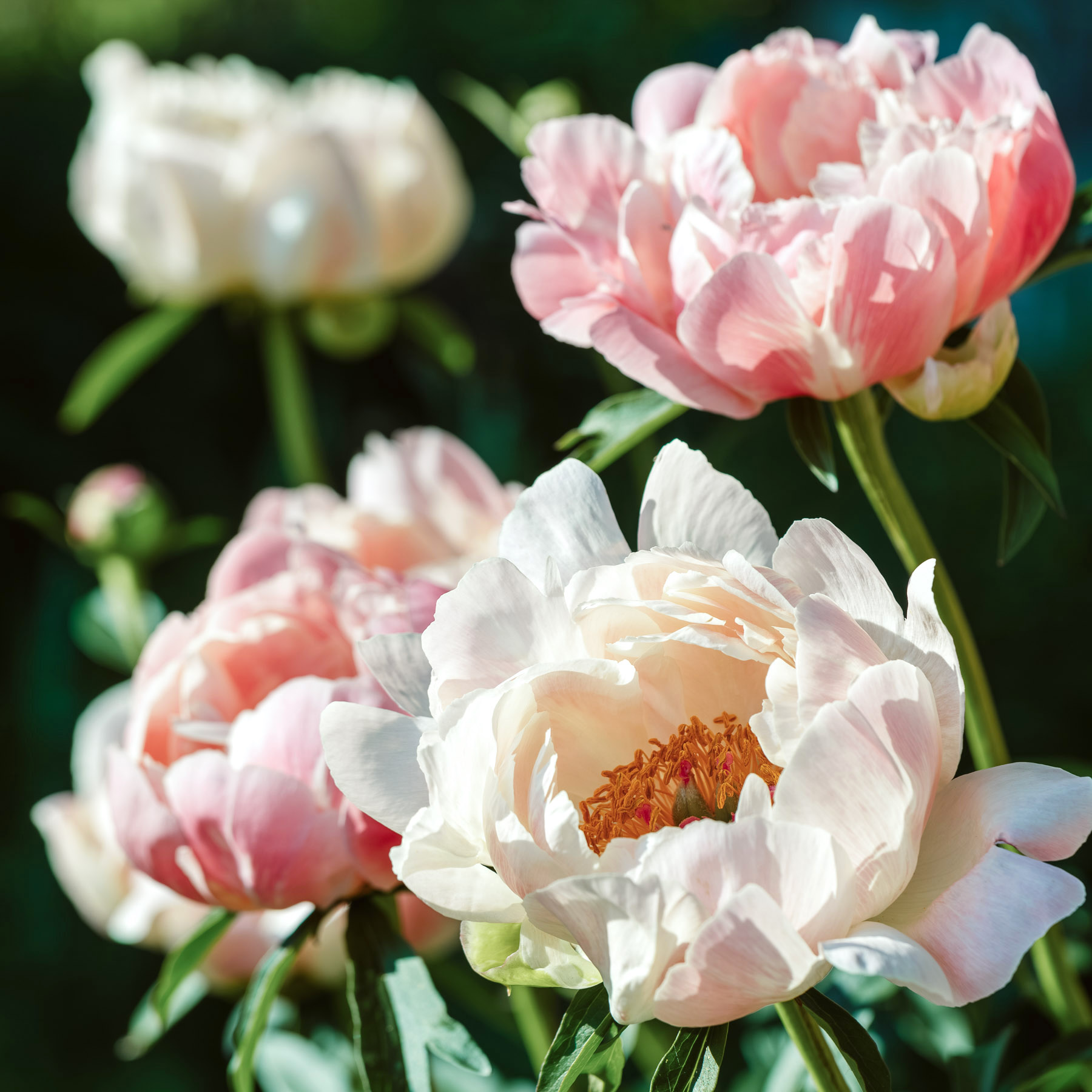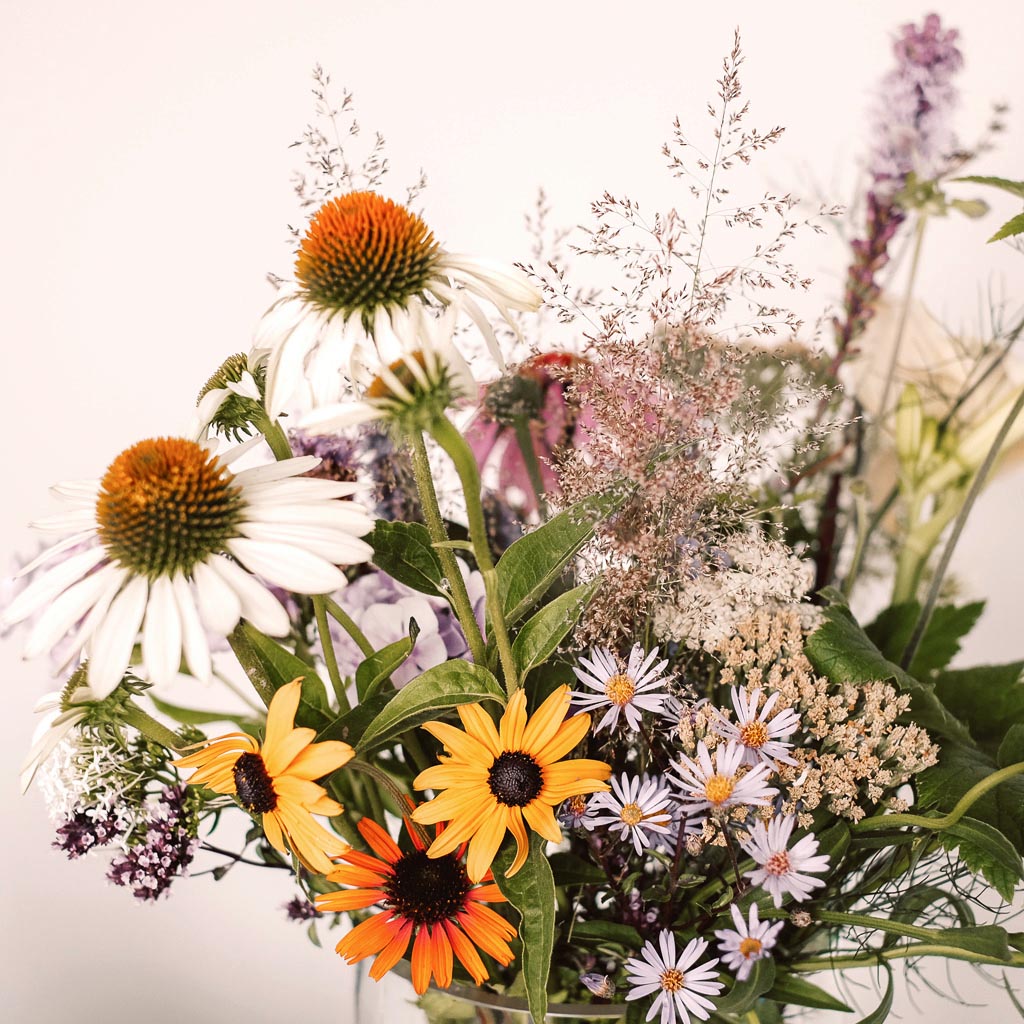Jora Dahl’s Perennial Guide for Beginners
Perennials are, to me, the most important garden plants. They are -properly planted- easy to care for and bring abundance and colour to the garden year after year. Here you will find all the important tips and tricks to succeed with these garden plants, even as a beginner!
What ARE Perennials?
Perennials are perennial garden plants. They sprout anew every year, flower and form seeds. In winter, the upper parts of the plant die back, while the strength of the plant remains in the roots and sprouts again the next year. Some long-lived perennials grow older than their garden owners in the process, short-lived perennials die after a few years, but have sown abundantly beforehand if the seed heads have not been cut off.
Why perennials?
If trees and shrubs are the “skeleton” of the garden, perennials are its soul. They create emotion, bring fullness, colour and rhythm to the garden. And they are much easier to care for than lawns. The more bed area you wring from the flat green spaces, the less work you have. In addition, they are among the cheapest garden plants. For the price of a box ball, you can create an entire sea of flowers. Full of bees, bumblebees, butterflies and ladybirds. Full of life.
BED DESIGN
Perennials should always be planted in groups. Usually 3-5 plants of the same variety are grouped together and repeated as a group again 3-5x or more in the bed. As always, there are exceptions: Large perennials or grasses are often planted individually (but again, repetition is important!). Small, ground-covering perennials are sometimes grouped together in clusters of 10-15 to make an impact. A bed should contain a balanced mix of tall (leader) perennials, medium companion perennials, and low filler perennials that cover the ground well. Rather fewer varieties and frequent repetition, that’s the trick!
Here you can discover our selection of the prettiest perennials
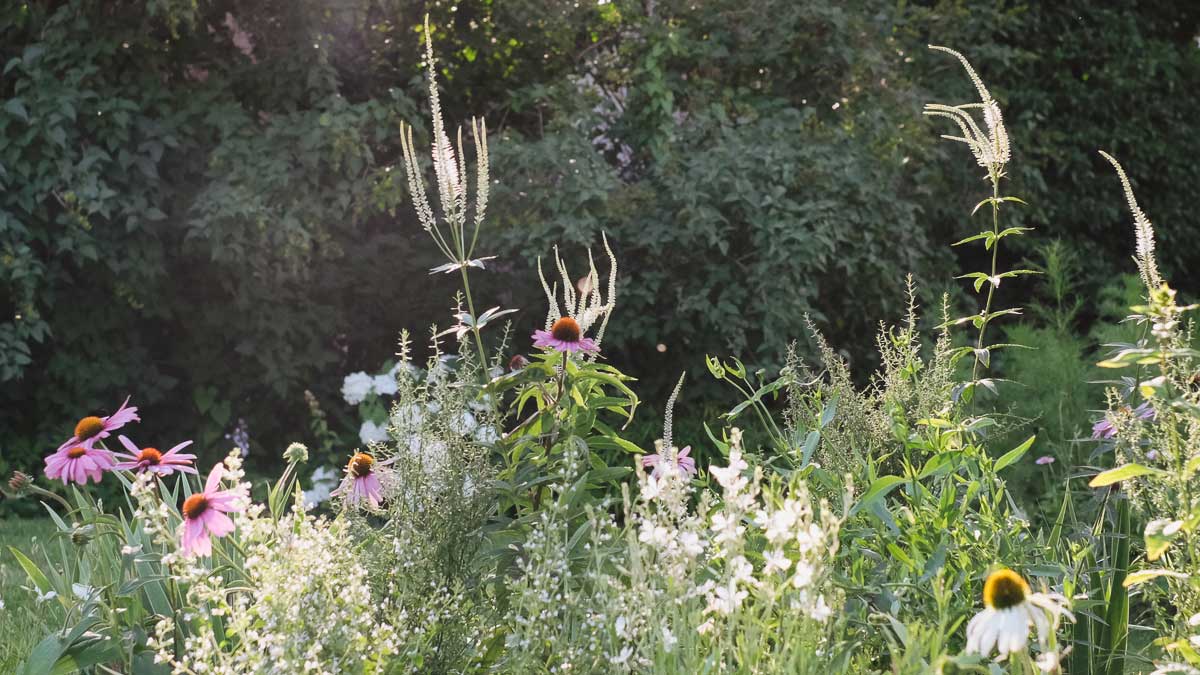
RIGHT PLANT, RIGHT PLACE – THE RIGHT LOCATION
The right location is critical for perennials to thrive. Perennial beds should not be planted near large trees or shrubs because most perennials do not tolerate root pressure, shade, and drought from the canopy of trees well. If the site is specified as sunny it really needs to have the sun shining most of the time (ideally between 11am-3pm). Partial shade means the sun shines either in the morning or in the afternoon.
A GOOD SOIL
As important as the right location is good soil. Sandy soils should be improved with plenty of compost. Sand can be added to heavy, loamy soils to prevent waterlogging. It is best to ask your local nursery how to deal with the soil in your area. Before planting, the soil should be completely weed-free and loose. Work it best for this with a digging fork or spade.
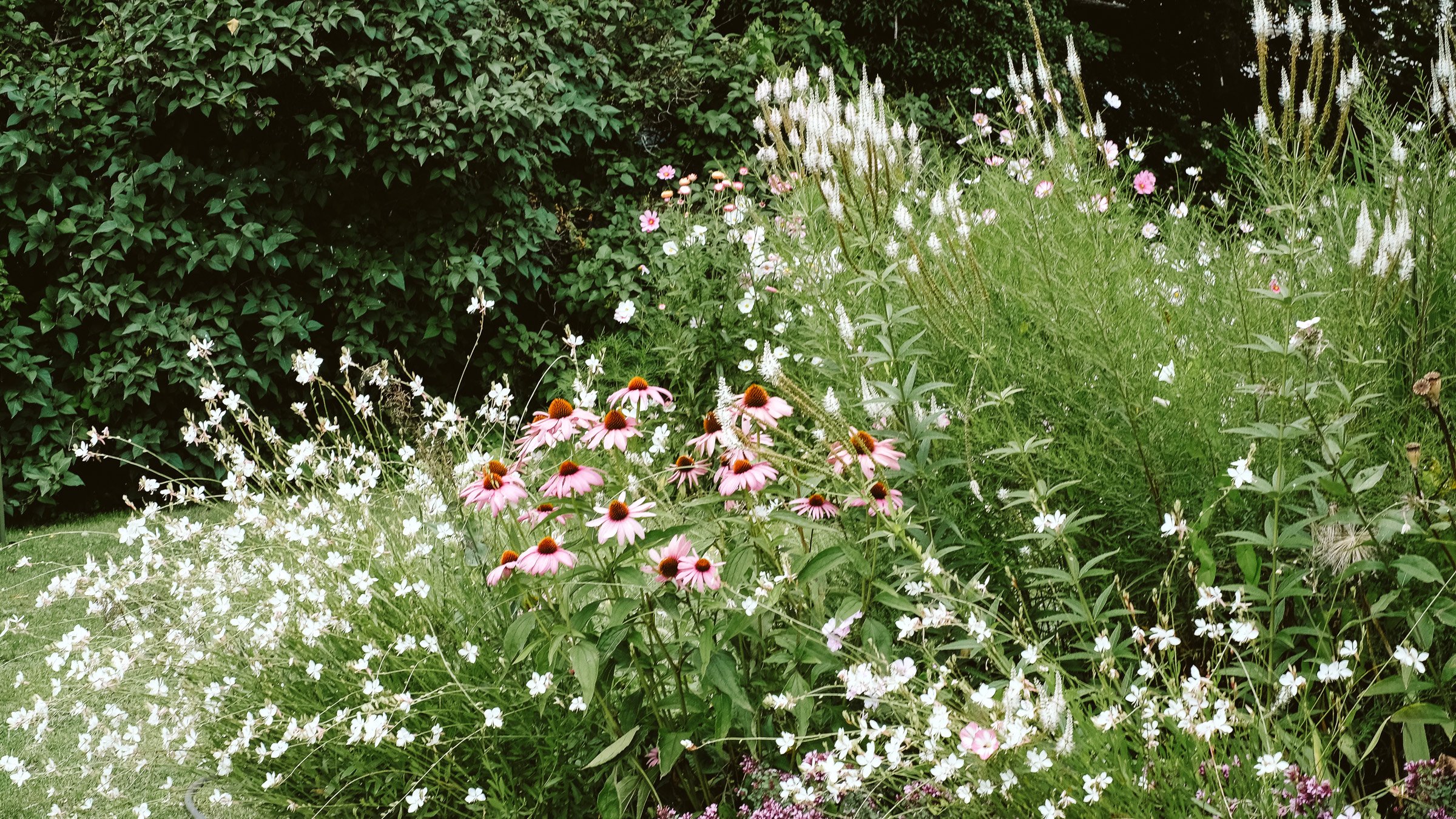
THE RIGHT CARE
Good to know: In the first year or two, care is more extensive than thereafter. When the perennials are still small, there are gaps in the bed where weeds like to gather. You should remove these regularly. When the perennials are fully grown, there should no longer be any uncovered soil, which means that there will be no need for weeding in summer. A good remedy for little work and great abundance of flowers is to plant annual summer flowers in the gaps in the first few years. In addition to weeding, of course, care should be taken to water the perennials regularly, especially during drought. As a rule of thumb, it is better to water less often and intensively than to give little water all the time. This forces the perennial to grow longer roots in order to reach the lower water layers. The only exception: in the weeks after planting, the soil should be watered very regularly, as the young plants naturally still have very small roots.
A third measure for healthy growth is fertilization. Since most of our perennials are not heavy growers, it is sufficient to improve the soil 1-2 times a year with horn shavings and to work in a good 5 cm of compost once a year. All our perennials are winter-hardy and have survived well for many years here in Potsdam, a region with very low winter temperatures. It is nevertheless advisable to spread foliage on the beds in late autumn, which provides a certain protection. In spring, the remains can simply be worked into the soil or removed. Almost all of our perennials should not be cut back until early spring, as the seed heads are very ornamental in winter and also provide some protection to the plant.
ENLARGING BLOOD TIME AND FILLING GAPS
Plant gap-fillers between the still-small perennials in the first few years. Good choices include ornamental tobacco or zinnias. Or let short-lived perennials, which seed profusely, roam the bed. Columbines are a must, as is the feather grass (Stipa tenussima), which suits almost all our plantings. Very importantly, extend the flowering season of your perennial bed with the right bulb plants, simply placed among the perennials. Daffodils, tulips, and alliums are essential garden plants for this, for a blooming season from early spring.

Related Posts
Newsletter
Free Download! GET JORA-DAHL GIFT PAPER FOR SELF-PRINTING
.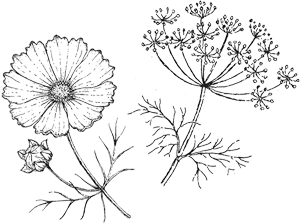
Subscribe to get news first and to receive helpful gardening tips as well as discounts in the shop. Please also check your spam folder for the confirmation link.
.